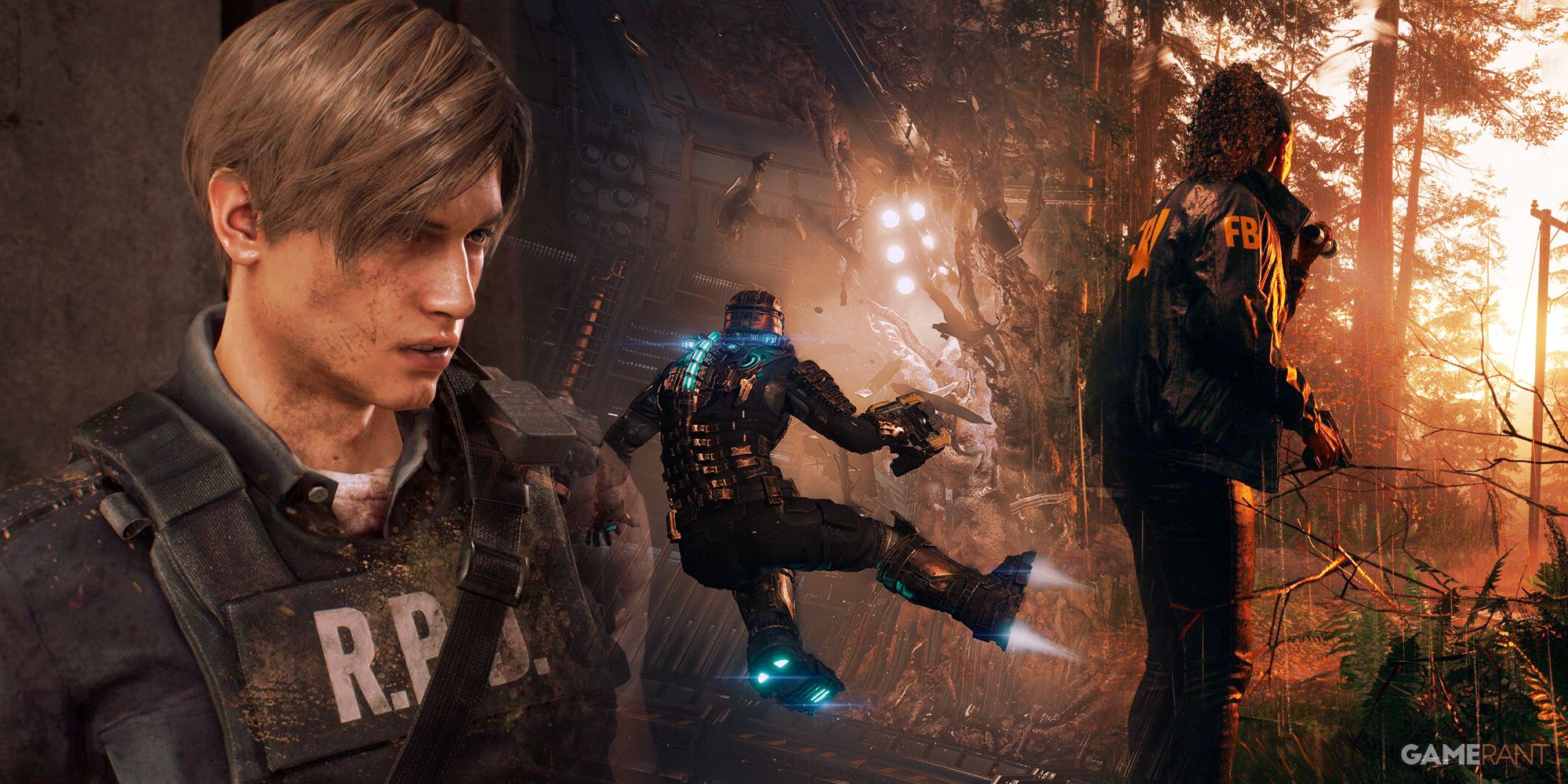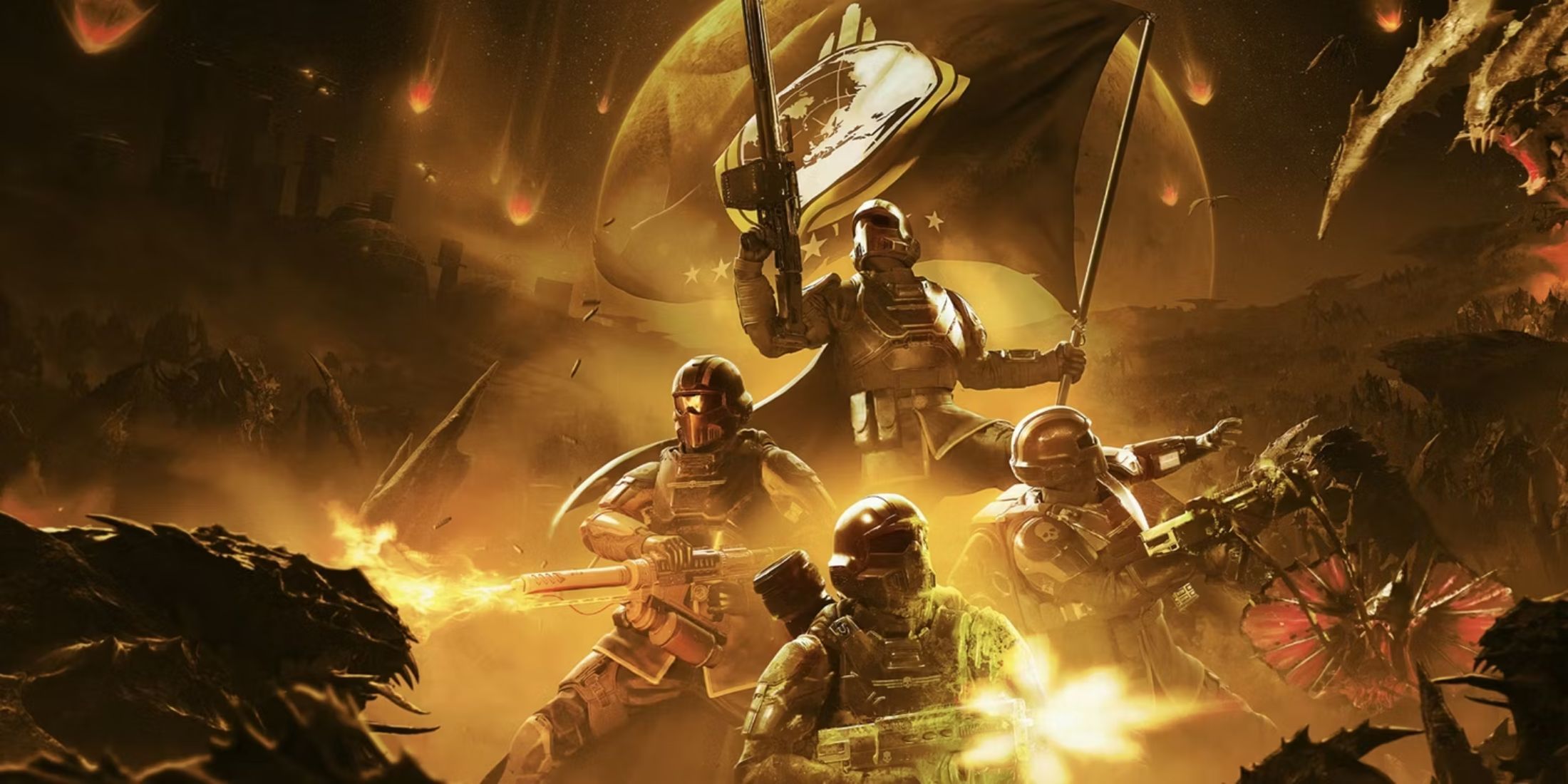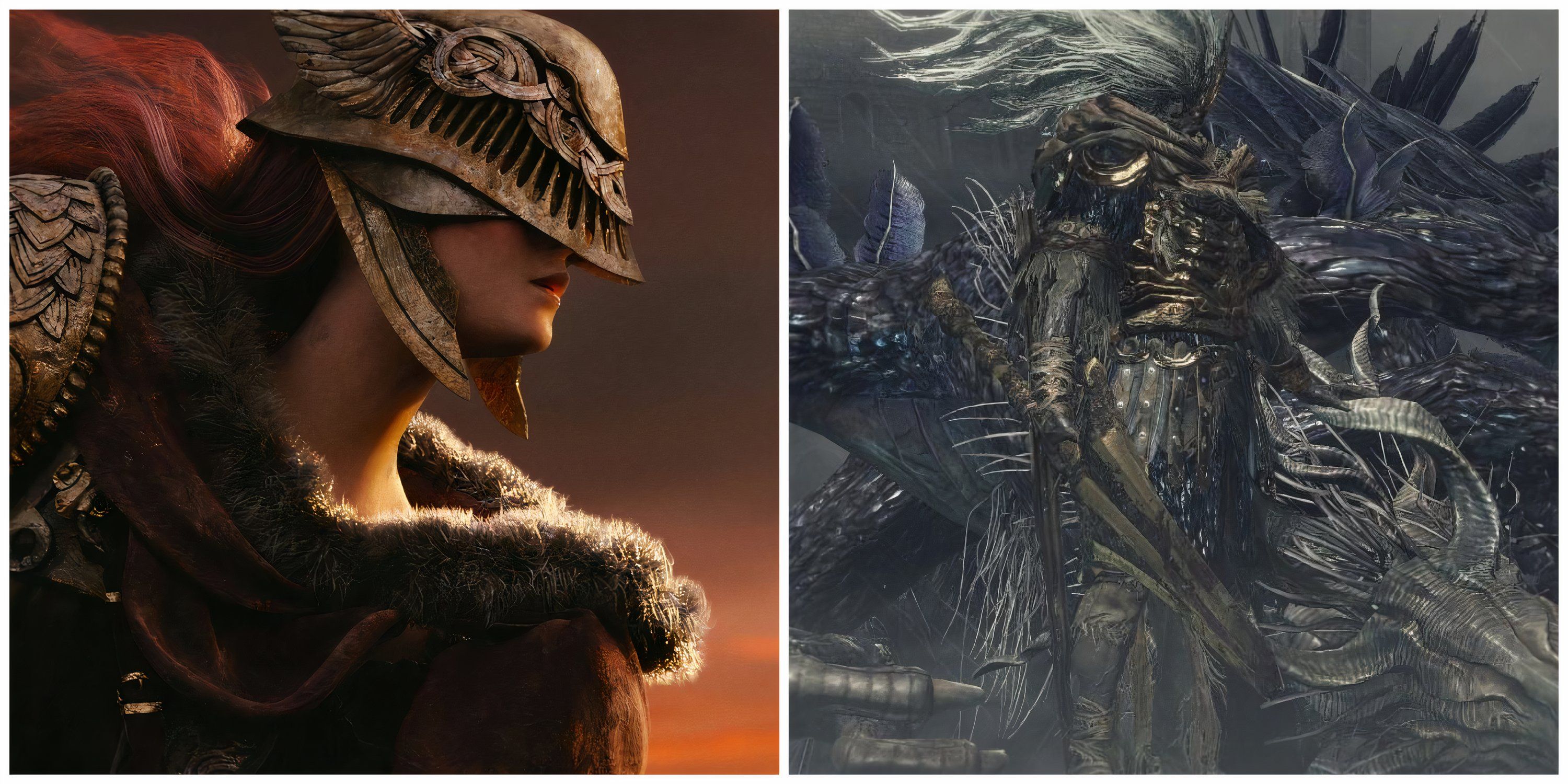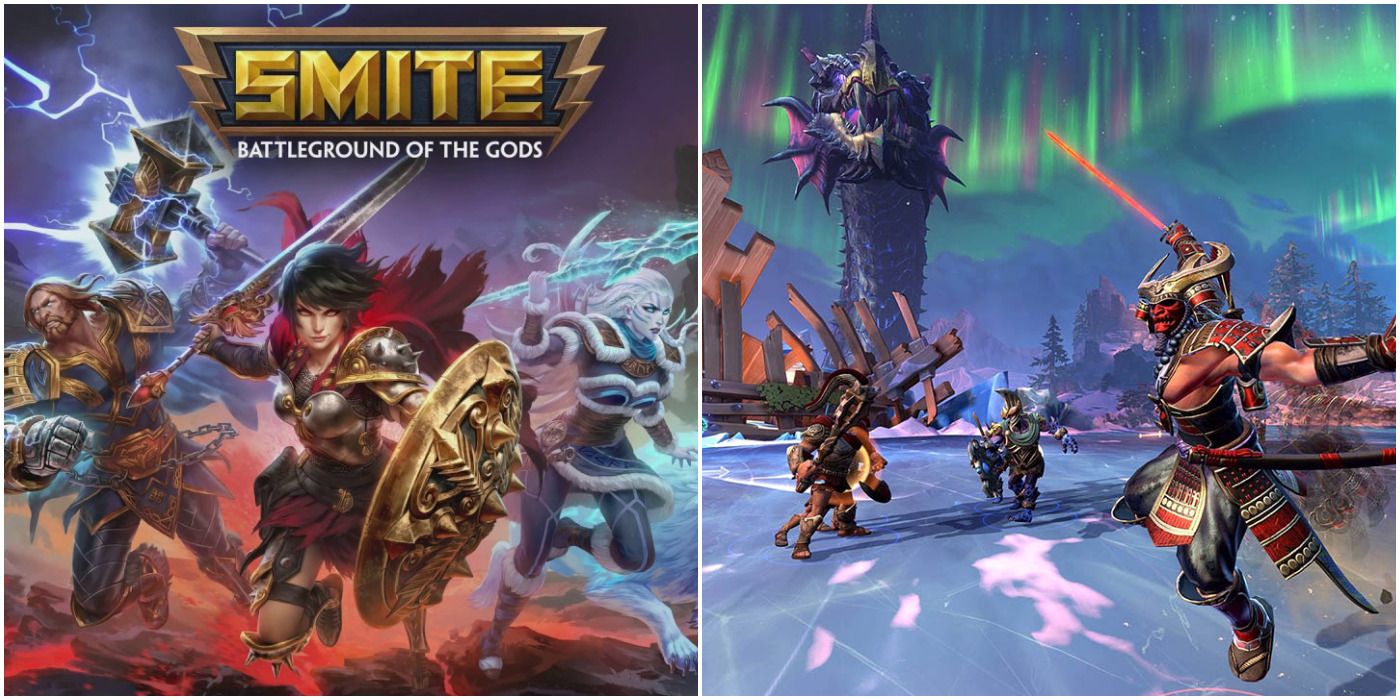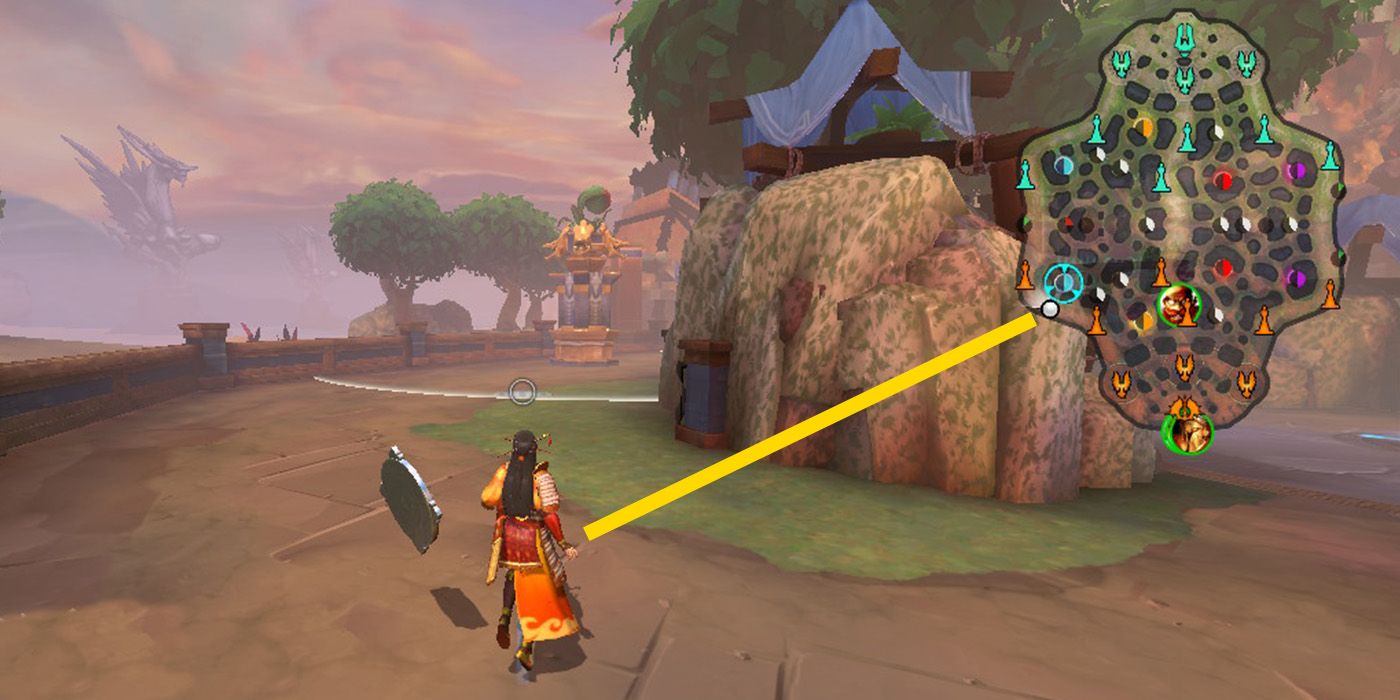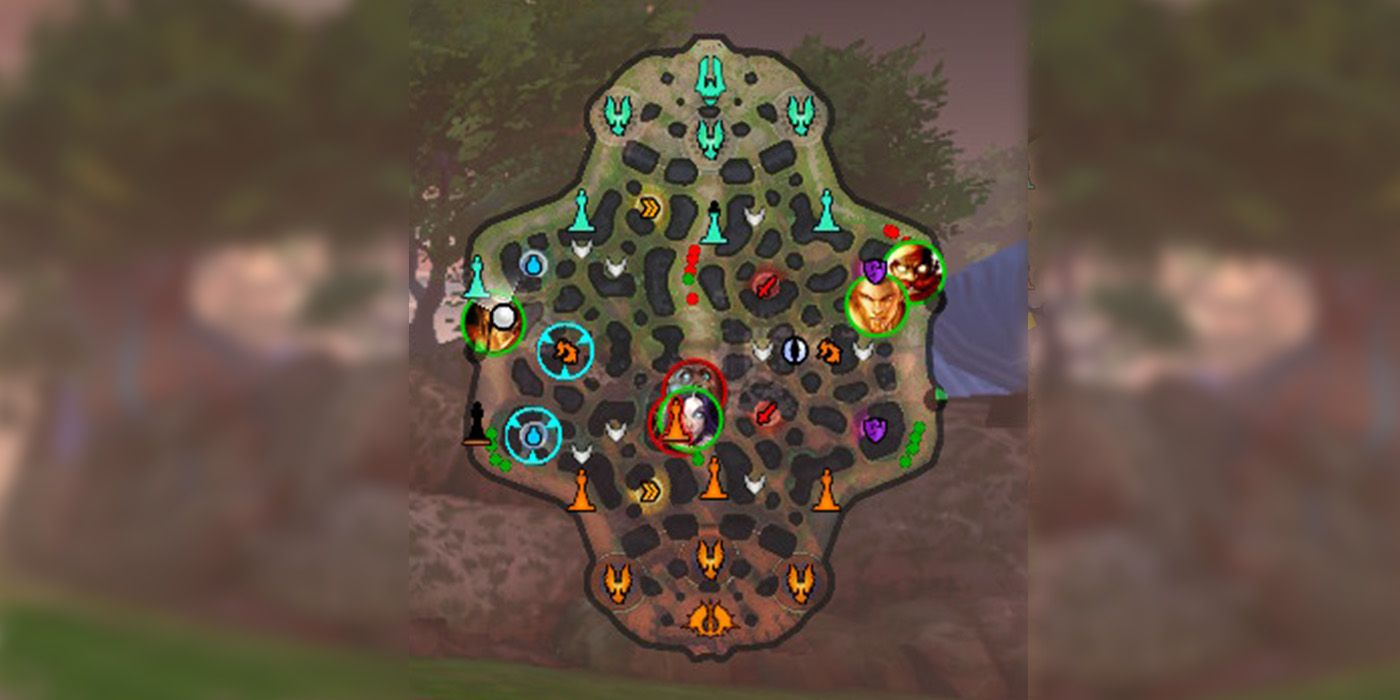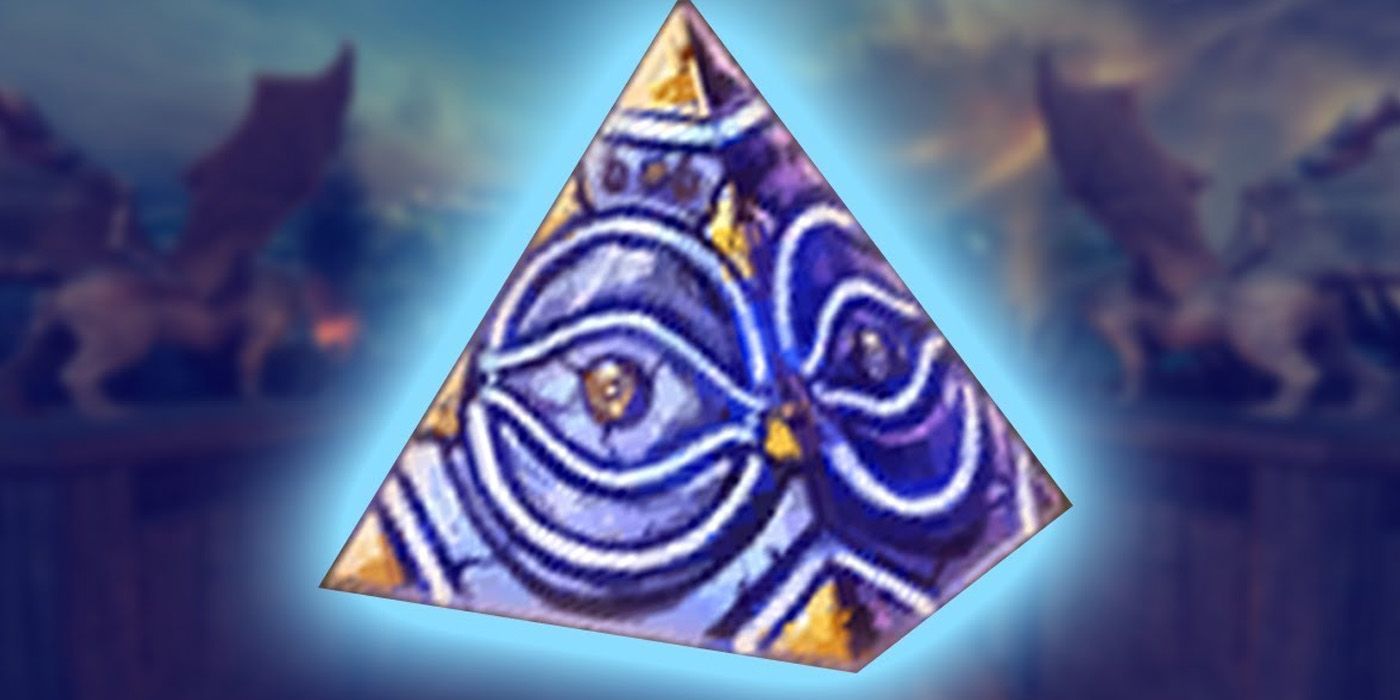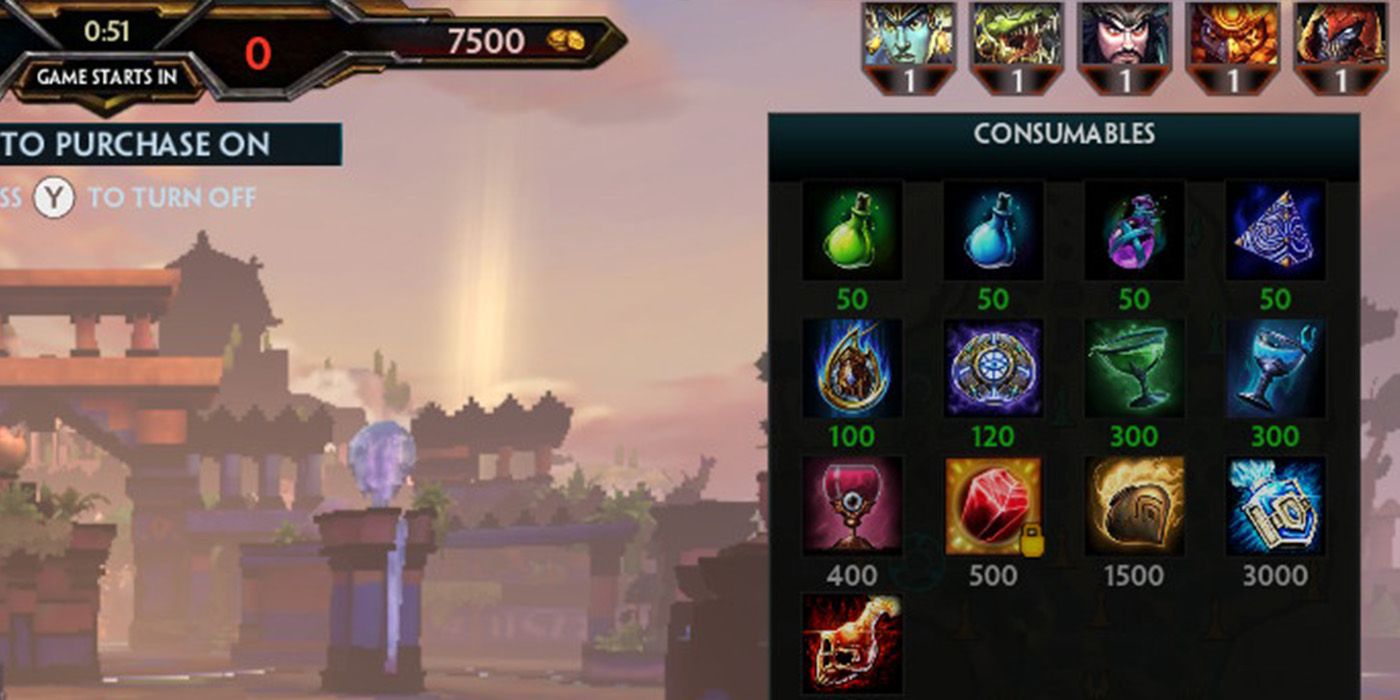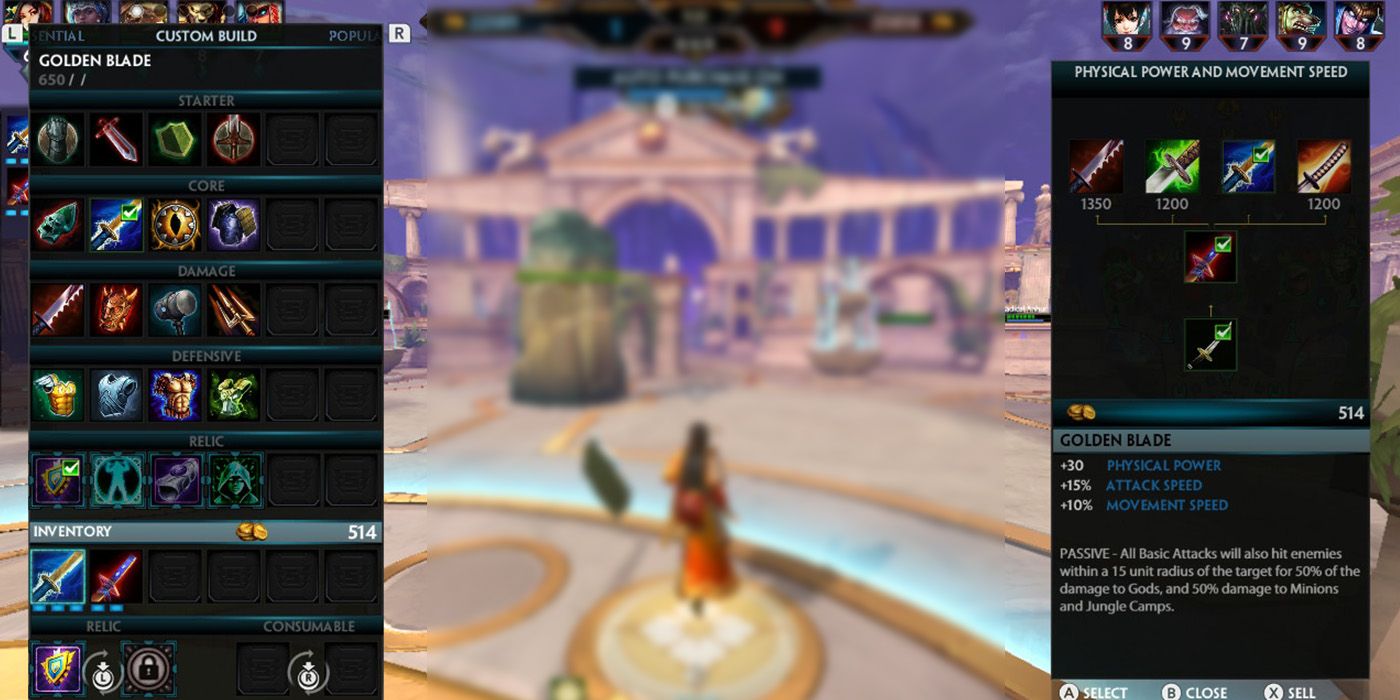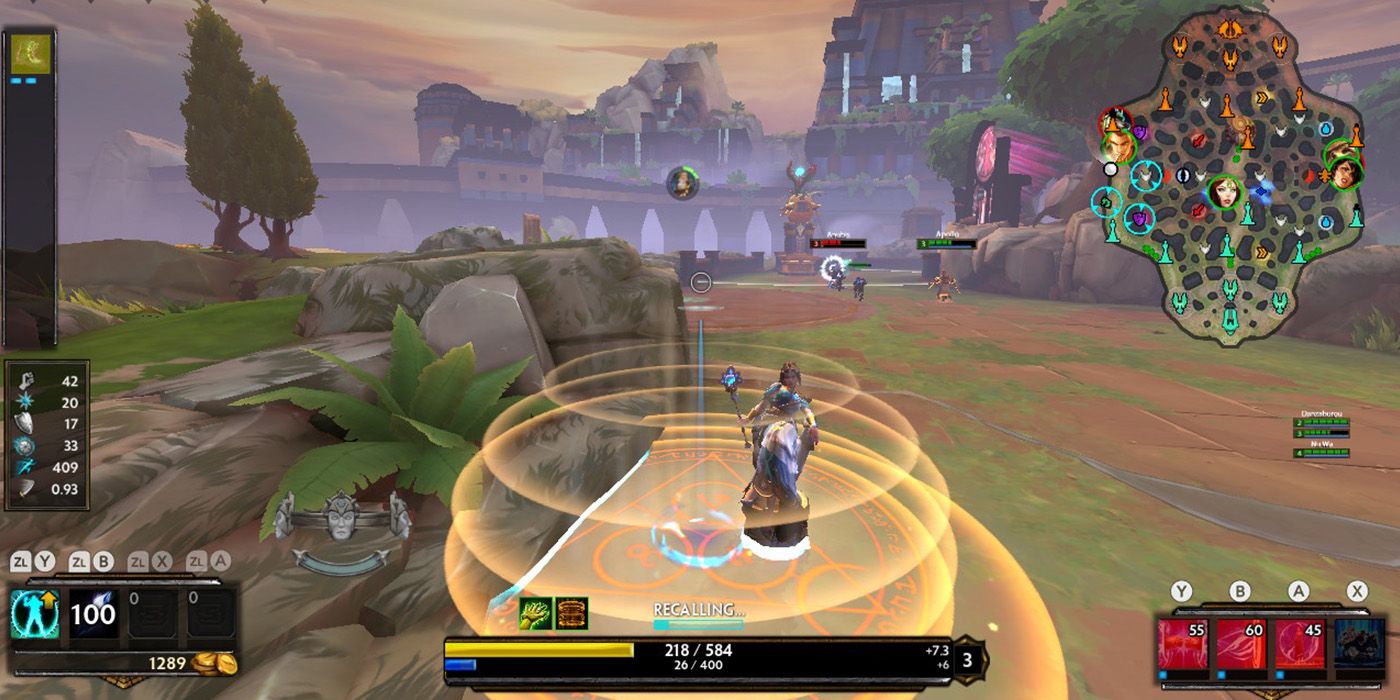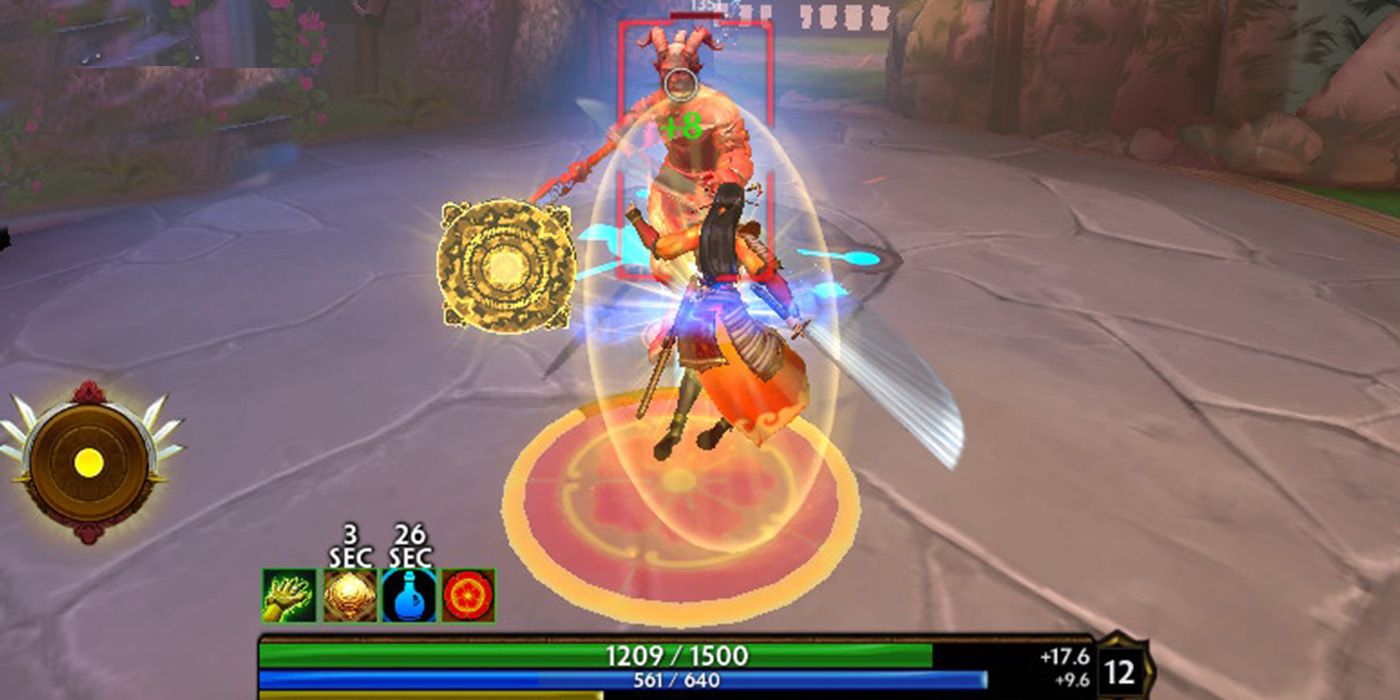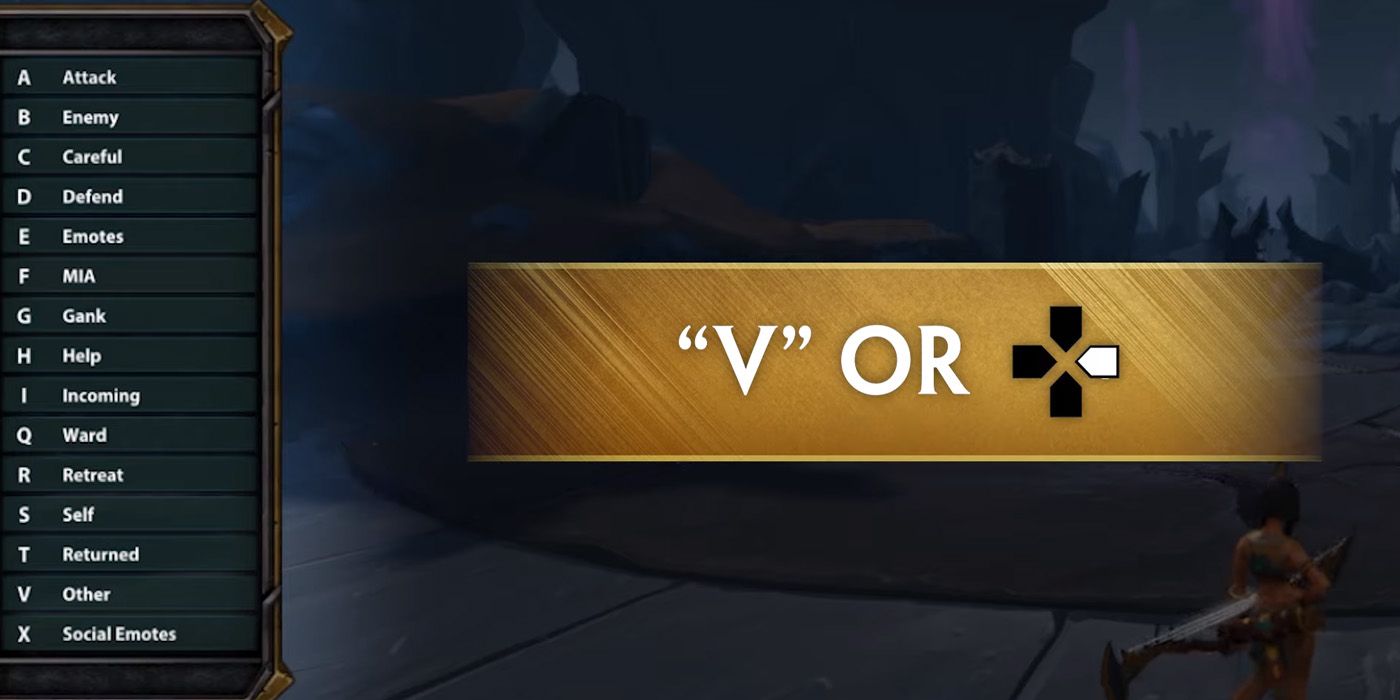Fans of MOBAs will appreciate Smite for its new take on the genre's gaming formula. Essentially, Smite transforms the isometric view of MOBAs and adds a more close-up feel to it. In turn, players get to actually control their characters - this time in the form of Gods - as they wage battle in wars that permeate beyond pantheons. Granted, Smite has game modes that almost directly mirrors that of popular MOBA titles. However, the level of control players get transforms Smite matches into intense battles - where one misclick or wrong aim can cause or cost victory.
Sadly, Smite's level of mechanical control can make the game feel overwhelming for newcomers. However, beginners may have a shot to go pro if they know what mistakes to look out for.
10 Don't Choose The Same Hero
Granted, given Smite has a huge roster of over 100+ characters, it seems natural for a player to have a "main" they just love using regardless of the situation. For example, the Hunter Neith and her straightforward kit make her the perfect beginner God for most modes. However, players sometimes commit the mistake of depending on their mains too much - too much even to the point of being inefficient.
For instance, Neith's ranged kit allows her to get on a safe-enough distance for Mid-Lane (suited for newer players). Likewise, those who want to tap into Neith's attack speed potential can develop her ferocity with Jungle. However, despite a player's mastery over Neith, it's unideal for them to force Neith into a team that already has a Mid-Laner and a Jungler. A player needs to diversify - they need to know at least a few Gods across all Roles to ensure their efficiency in combat.
9 Don't Forget The Lanes
Building upon the previous advice, players shouldn't just pay attention to their God's preferred Roles. Rather, players should also always remember how their Gods play along their preferred Lanes. Unlike other MOBAs, Smite follows a top-down/diamond lane approach. Meaning, there are no "top" or "bottom" Lanes.
For instance, the Jungle Lane primarily helps Assassins capitalize on their attack speed and damage to gain experience from powerful beasts. Assassins in Jungle can use their speed to switch Lanes when necessary. Likewise, heavy-duty Warriors usually stay on Solo Lane (Right), as they can take the brunt of the damage from minions.
Due to the proximity of Mid Lane to two Jungle zones, AOE-based Mages often go Mid for defense. Lastly, Duo Lane (Left) usually has the Guardian and Hunter (Support, ADC) together, hence the name. Since this lane has the most volatility for team battles, teamwork becomes extremely crucial here.
8 Don't Forget The Mini-Map
Like any other MOBA, Smite uses a handy mini-map as a reference for activity during the match. In a general sense, it's best to always look at the mini-map once every five seconds. That way, players almost always get a big-picture view of what's going on with their allies. Soon, enough observation can help players know whether to expect enemies to move in particular positions.
For instance, agile Junglers who notice a team fight brewing can decide to join the match. However, they should immediately retreat once they see enemies from other Lanes disengaging from their allies in the mini-map. After all, this usually means those same Gods will head into Mid and join the team fight.
7 Don't Forget The Nametags
Chances are, players will almost always see the nametags of Gods in their immediate vicinity. These nametags pass through walls, allowing players to identify whether a God is within any approximate direction. When close enough, players can even see these silhouettes pass through walls. In turn, players have a few seconds to know whether they're about to interact with a moving unit.
Despite being a rather "obvious" fact about the game, players should always use this to their advantage. Players who see various nametags in a team fight should keep a headcount of the participants. That way, they can compare those numbers to how many Gods are in their own Lane and deduce how many Gods are roaming around. This advice can help Junglers and Mid-Laners who almost always encounter speedy Assassins and AOE-heavy Mages.
6 Don't Neglect The Ward
Why get a Ward when it's already too hard to focus on completing a build? In actuality, of all Consumables in Smite, perhaps any player aspiring to be pro should know how to use the Ward. In high-intensity games like Smite, knowing an enemy's position even for a second can decide the fate of the battle.
Players with an inkling where enemies might be should place Wards in that general proximity. This strategy works best especially for players who plan on retreating for a while, or if their back is turned towards one of the Jungle's many intersections. Wards can save players from unexpected ganking.
5 Don't Neglect Consumables
Essentially, the right use of Healing and Mana Potions can make a huge difference in early game skirmishes. Meanwhile, the same Potions can boost a God's survivability for just a few seconds for them to retreat or keep on fighting. In turn, players should at least buy a Healing Potion whenever they get back to base during the first 10-or-so minutes of the game.
Likewise, Gods with full builds should consider using Elixir of Power or Elixir of Defense. These Elixirs, when used correctly, can transform their Gods into powerhouses during relevant team fights, especially near the end of the match.
4 Don't Neglect The Builds
Players know that the best way to learn a game is to experiment. In turn, a lot of players often resort to trial by fire - building random builds just to test things outside meta. However, the most recommended approach is to actually let the game do auto-buying or even follow builds from guides. That way, players get a much clearer sense of maximizing a God's gameplay.
Moreover, understanding how a God's overall rotation works will help players have a clearer picture of why the auto-buy build should "initially" work. With this as a reference, players can then start creating more situational builds.
3 Don't Overextend The Battle
Gamers usually refer to the "last one standing" mechanic as "overextending," and it often turns deadly for the players who try them. Essentially, successful players who do this can maximize their builds to outlast an enemy in a fight. However, given how quickly enemies can assist an immediate target, overextending players often get killed quickly. As a result, they get decommissioned and become useless while they wait to respawn.
To avoid this, players should understand the limits of their rotations and know exactly when to retreat or keep at it. Moreover, players should take note of enemy God skills that can slow and stun them, as encountering these spells often signals their cue to leave.
2 Don't Forget The Timing
Familiarity with multiple Gods gives players a sense of familiarity with their movesets - which is valuable once they become their opponents. Essentially, players who engage with Gods should take note of rough estimates of their cooldown timers. This strategy works particularly well with stuns/slows, powerful attacks, and ultimates.
In a general sense, players should try forcing enemies to cast their most powerful spells while they dodge or find a way to take the least damage. That way, players can strike back while the enemy is under cooldown. More efficient players can cast their own spells while enemies are casting theirs, effectively cutting them off and eliminating chances of counter-attacks.
1 Don't Neglect Communication
As with any MOBA, Smite relies heavily on communication to let everyone know what's happening in the battle. Granted, Smite has its fair share of trash-talkers and trolls. However, the best teams rely on communication to efficiently know the flow of battle. Chat-reliant players should practice conveying their thoughts quickly and concisely. Likewise, they can use chat commands to quickly tell teammates whether they need assistance, to retreat, or want a buff.
Likewise, players on voice or other platforms should try to communicate politely and succinctly. That way, teammates can stay on top of matches while accurately conveying relevant information to their allies.

